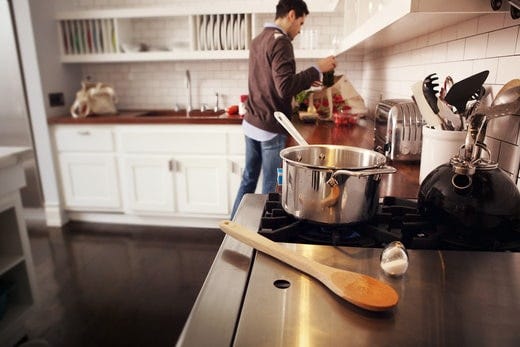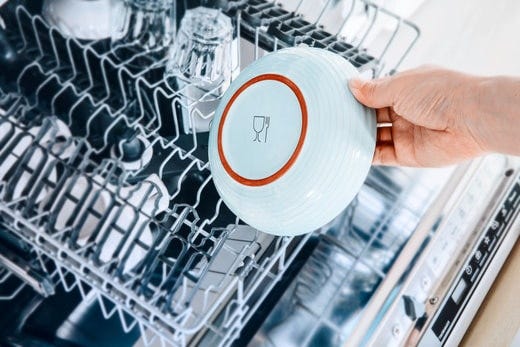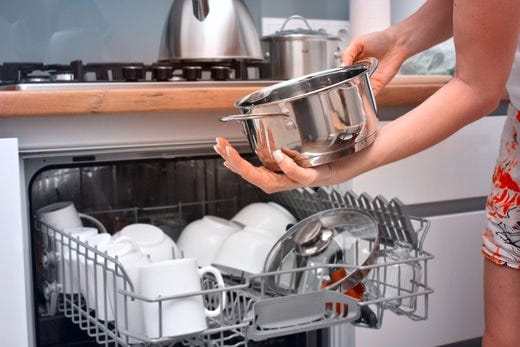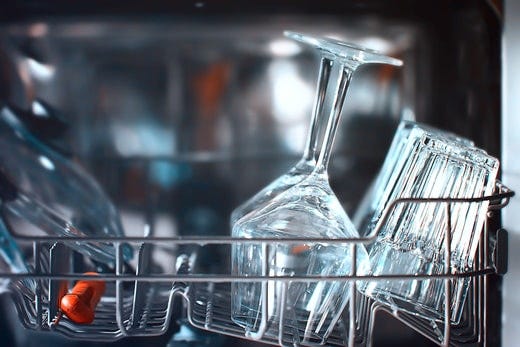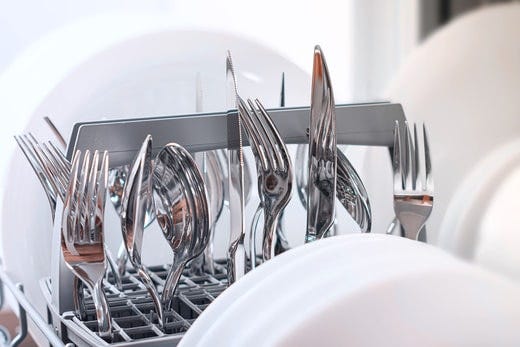Loading

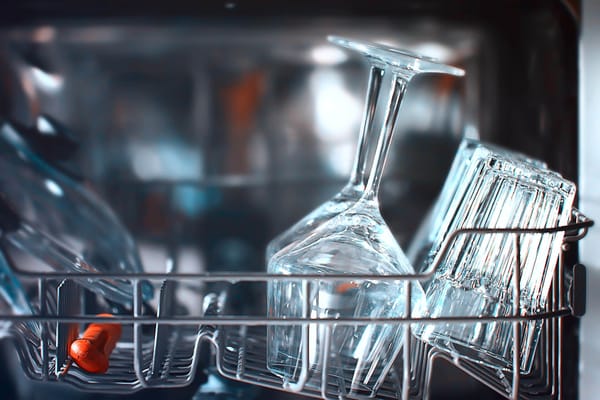
Despite how advanced your dishwasher or how powerful your dishwashing detergent may be, you run the risk of unsatisfactory results if you don’t stack your dishwasher correctly.
Thankfully, knowing how to load your dishwasher is straightforward – as long as you follow some best practices. We can help!

